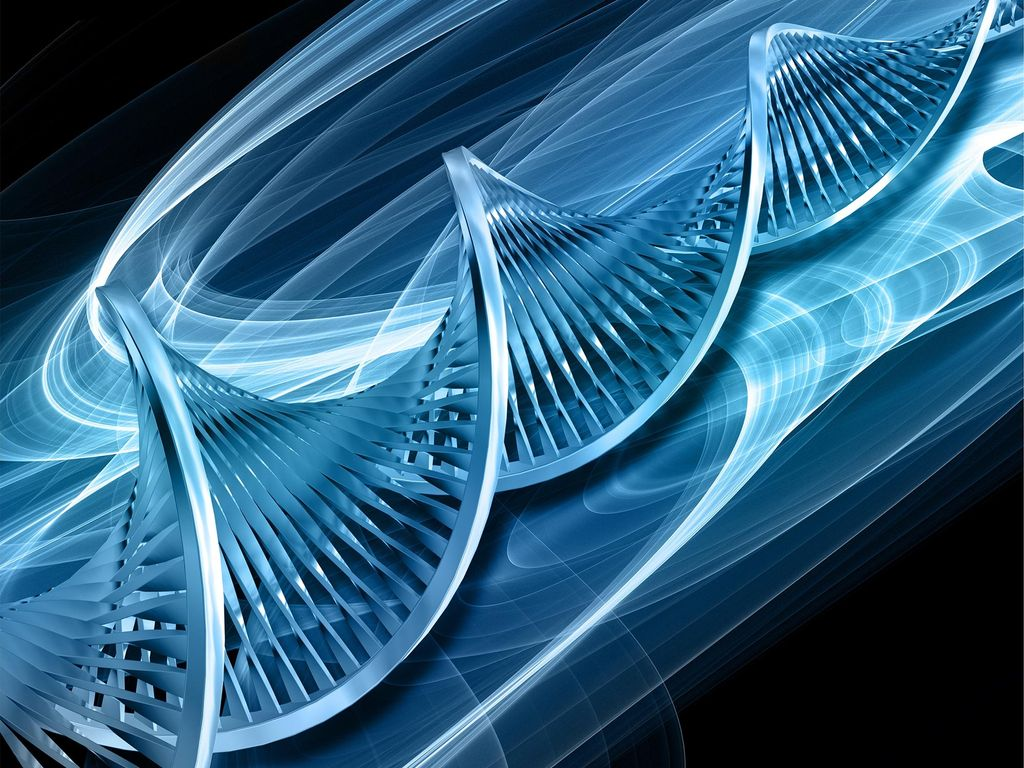Using DNA to build a “nano-robot” to explore microscopic cell processes up close. (SciTechDaily.com/Innovative “Nano-Robot” Built Entirely From DNA To Explore Microscopic Biological Processes)
The new innovative nanorobot made entirely from DNA is one of the most innovative systems in the world. The DNA molecules are useful elements for nanomachines. Those nanorobots are used to observe biogenetic processes.
But the same technology that is used to create the DNA-based structures can use for making artificial DNA and DNA-based biotechnology. The fact is this. DNA offers a very good tool for data transport over long distances.
And the artificial bacteria can use as a biochemical qubit. The idea is that the DNA controls the bacteria that filaments are giving electric shocks or electric impulses. This bacteria or living USB stick can swim to the sensor. And then it can download data that is stored in the DNA to the computers and otherwise. When the computer needs to store data in the biological data storage it creates the artificial DNA and pumps it to that cell.
There is the possibility that this kind of artificial bacteria can create neurotransmitters. Those neurotransmitters make it possible to drive information to the new half-organic microchips. In half-organic microchip is a living neuron that transmits data to the non-organic microchip or quantum computers.
The bacteria can turn into a DNA-controlled miniature robot. And if researchers can make synthetic plasmids they can turn bacteria the multi-use tool.
The use of bacteria as nanomachines could require that reseachers destroy their ability to create descendants terminating their heritable genetic material. So those bacteria would have only the DNA plasmids.
When we are thinking about abilities. That artificial DNA can give to nanotechnology and biomedical research. The DNA plasmids are the brains of the bacteria. And by manipulating those DNA plasmids the researchers can make the bacteria that can work as miniature robots. They can use it to create new nanomachines if the required movement series can program in those DNA plasmids.
Another thing is that the bacteria that fecundity is destroyed can use as tools for destroying tumors and other bacteria. The bacteria can program to attack other bacteria or cancer cells. And when its mission is done the programmed code in the plasmids can order bacteria to destroy themselves.
https://scitechdaily.com/innovative-nano-robot-built-entirely-from-dna-to-explore-microscopic-biological-processes/




No comments:
Post a Comment
Note: Only a member of this blog may post a comment.